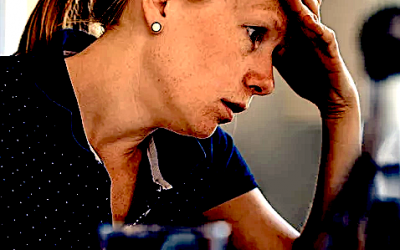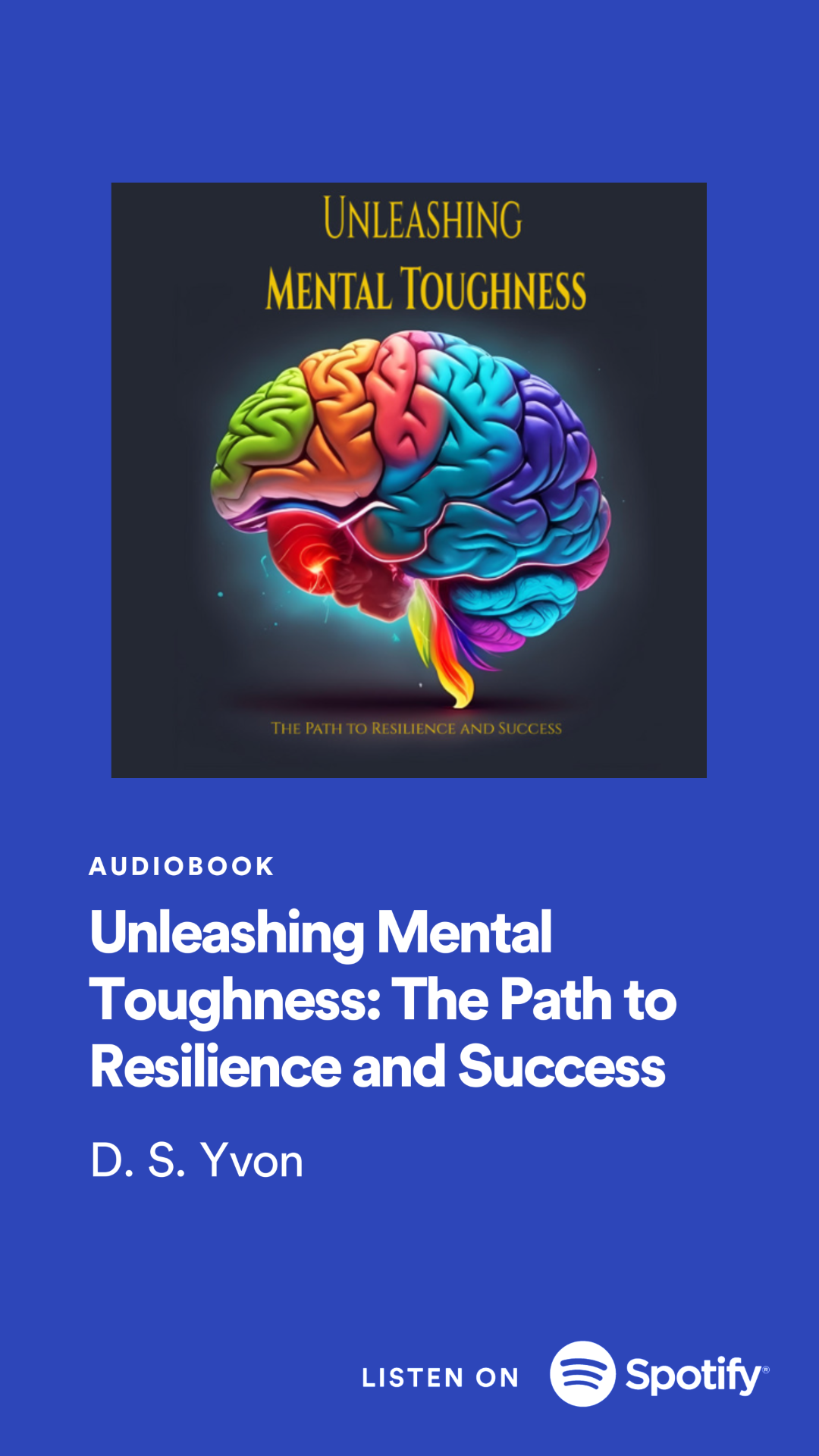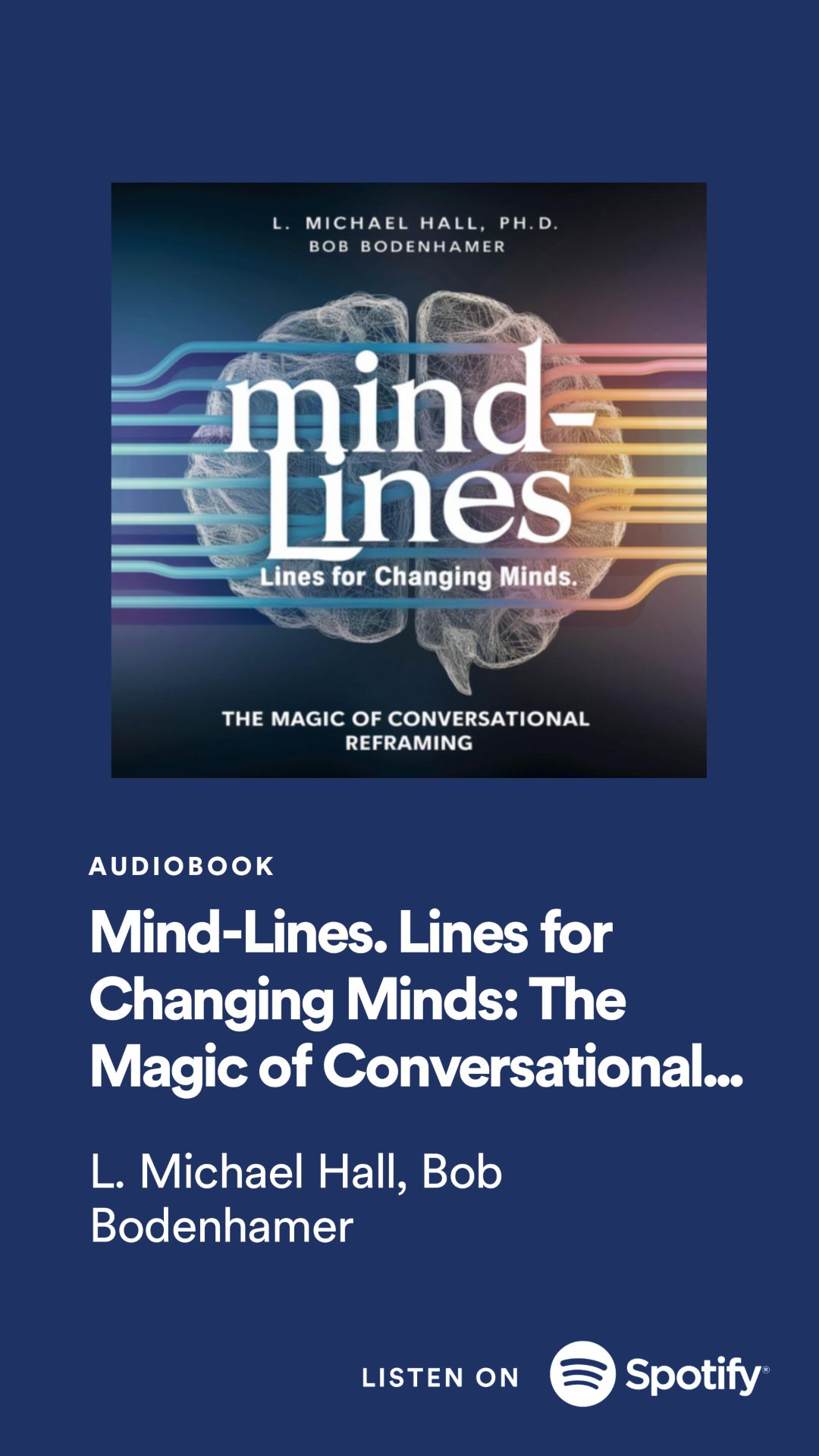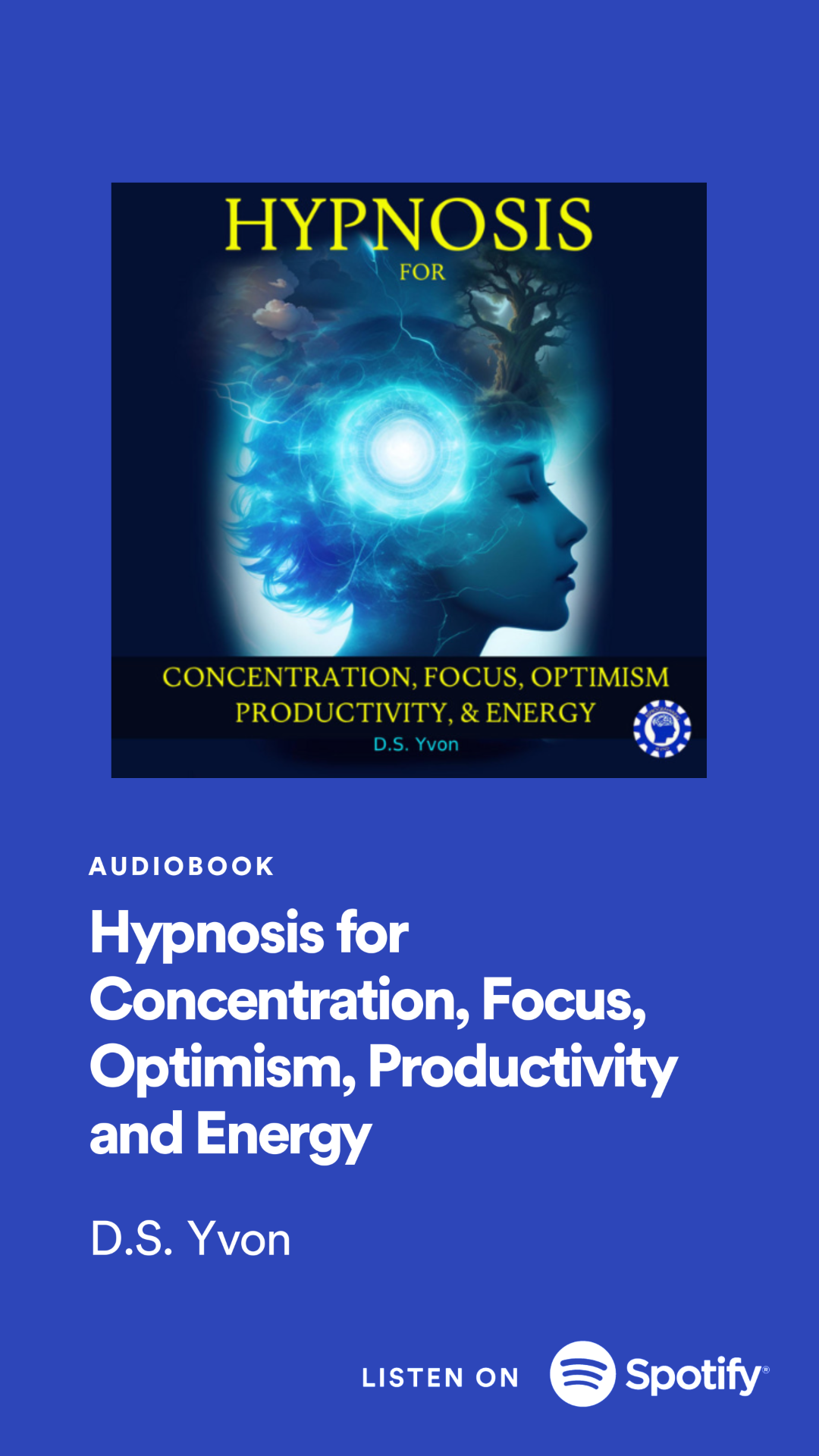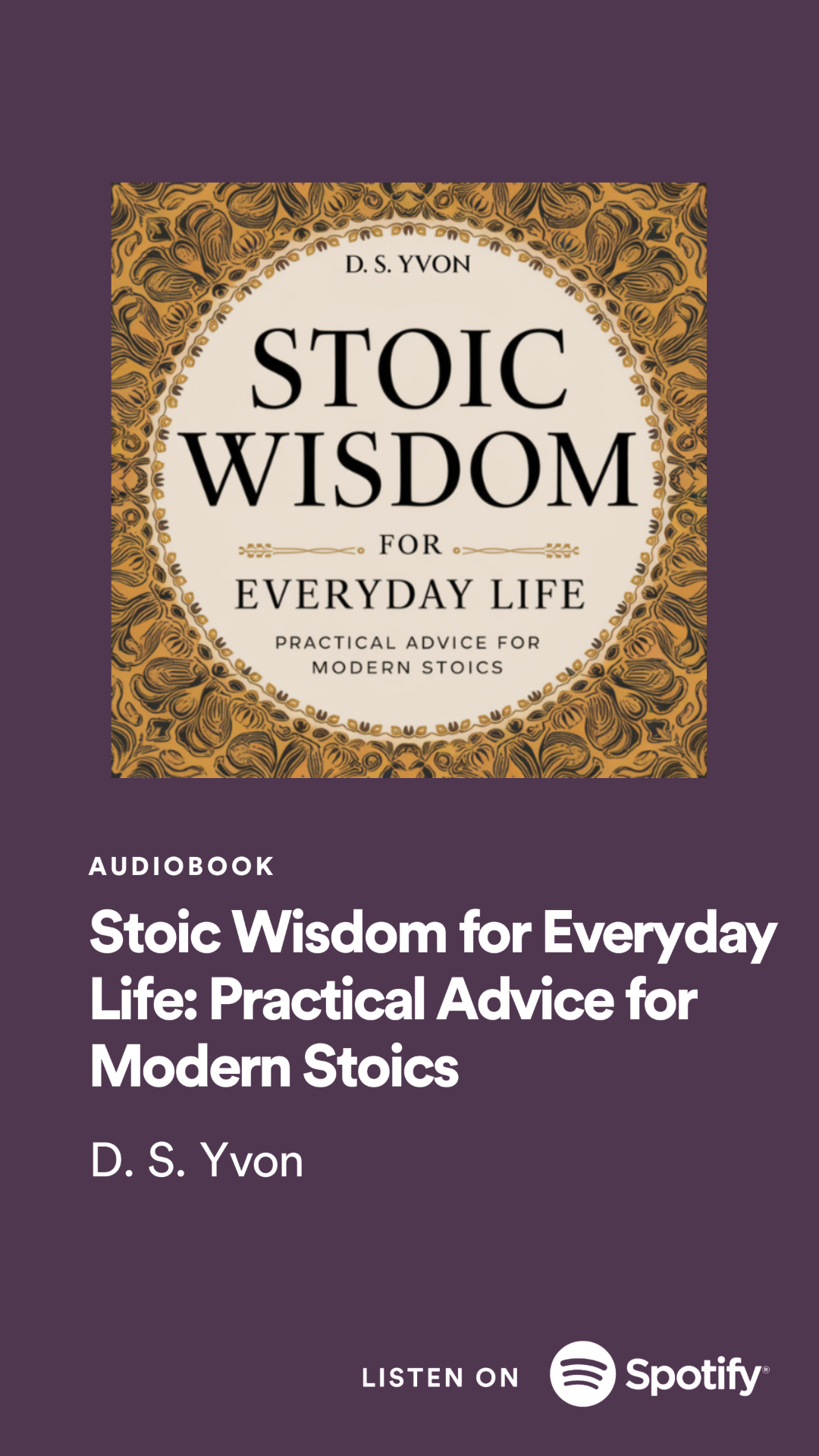In recent decades, the landscape of childlessness among American women has undergone significant transformations, reshaping societal norms and individual choices. This comprehensive analysis delves into the intricate patterns of childbearing trends, dissecting data from the June fertility supplement of the Census Bureau’s Current Population Survey. By focusing on women aged 40-44, we aim to provide a nuanced understanding of childlessness in the United States.
II. Changing Dynamics of Childlessness
A. Overall Trends
Over the years, there has been a substantial increase in childlessness among American women, with nearly one-in-five concluding their childbearing years without having borne a child. This marks a notable shift from the 1970s when only one-in-ten women experienced childlessness. The rise is pervasive across racial and ethnic groups, but intriguingly, women with advanced degrees witnessed a decline in childlessness over the past decade.
B. Educational Attainment
1. Highest Education Levels See a Decline
While the most educated women continue to have higher childlessness rates, the trend has bucked in recent years. In 2008, 24% of women aged 40-44 with a master’s, doctoral, or professional degree had not had children, a decrease from 31% in 1994.
2. Education and Childlessness
Childlessness is most prevalent among highly educated women, with rates of 24% for those with a bachelor’s degree, 25% for those with a master’s degree, and 23% for those with a doctorate or professional degree. However, the childlessness rates have essentially remained stable for women with a bachelor’s degree, while declining for those with advanced degrees.
C. Racial and Ethnic Disparities
1. White Women Lead in Childlessness
White women have the highest childlessness rates, with 20% of women aged 40-44 in 2008 not having borne a child. However, childlessness rates for black, Hispanic, and Asian women have risen more rapidly over the past decade, narrowing the racial gap.
2. Changing Trends by Race and Ethnicity
From 1994 to 2008, childlessness rates increased more sharply for non-white women, particularly black and Hispanic women, as compared to white women.
D. Marital Status Dynamics
1. Marital Status and Childlessness
Childlessness is most common among never-married women, but their rates have declined over the past decade. However, among currently or ever-married women aged 40-44, childlessness rates slightly increased, especially among black and Hispanic women.
2. Educational Attainment and Marital Status
An analysis of marital status and educational attainment reveals a general increase in childlessness for both married and unmarried women as education levels rise. The trends over time also differ, with notable changes in childlessness rates among married and unmarried women with varying educational backgrounds.
III. Attitudes and International Comparisons
Shifting societal attitudes towards childlessness are evident in increased acceptance. However, opinions on the impact of this trend on society are mixed. Internationally, the United States' childlessness rates align with some nations and surpass others, showcasing the complex interplay of cultural, social, and individual factors.
IV. Possible Explanations
Scholars attribute the rise in childlessness to diminishing societal pressure, increased job opportunities, and improved contraceptive methods. Delayed marriage and childbearing, particularly among highly educated women, also contribute to these evolving dynamics. While fertility treatments have advanced, societal perceptions have shifted towards viewing the decision to have children as an individual choice.
V. Conclusion
In conclusion, this in-depth analysis unravels the intricate tapestry of childlessness trends among American women. The interplay of education, race, ethnicity, and marital status unveils a nuanced narrative, highlighting the evolving dynamics of societal norms and individual choices. As the landscape of childbearing continues to transform, understanding these patterns becomes crucial for a comprehensive view of our society.








